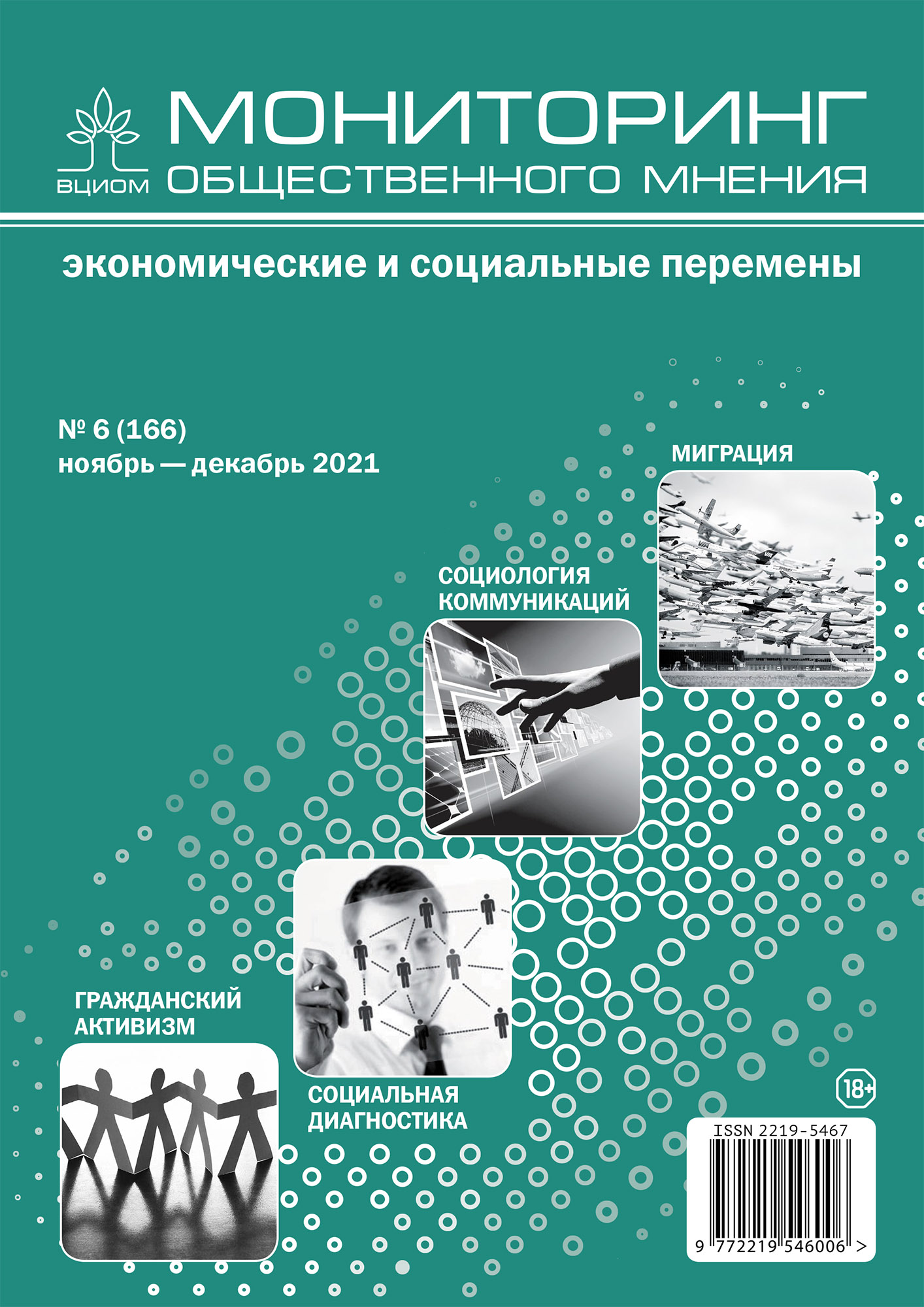Is Network Structure Important for Protest Mobilization? Findings from Agent-Based Modeling
DOI:
https://doi.org/10.14515/monitoring.2021.6.2021Keywords:
political mobilization, political protest, agent-oriented model, network topology, homophily, social mediaAbstract
In recent decades, the focus of civic engagement research has shifted towards studying social environments’ effects on individuals’ decisions on whether to participate in a given activity or not. Online communication has been increasingly influencing the scale of social environments as well as the features of both online and offline interpersonal communications. Surely, then, individuals’ decisions concerning protest mobilization are bound to be affected by network properties. Using a series of ABM models with different network structures, we try to identify the structural factors of networks that can influence individuals who are deciding whether to join a protest. The established research in this field traditionally points to two structural factors: network topology and homophily. To our knowledge, however, the literature has not considered two above-mentioned structural factors in combination. In other words, their joint influence on protest mobilization has not been tested. To fill this research gap, we combine several network topologies with enabled/disabled homophily and examine how the combination influences protest turnout and survival. Numerical experiments show that homophily is positively associated with the survival of the protest, but negatively with its size for any network topology. Since we infer this conclusion from a theory-based computational model, we also propose how empirical testing can be conducted.
Acknowledgments: This research is supported by the Russian Science Foundation under grant no. 20-18-00274, HSE University.
Downloads
Published
How to Cite
Issue
Section
License
Copyright (c) 2021 Monitoring of Public Opinion: Economic and Social Changes Journal (Public Opinion Monitoring) ISSN 2219-5467

This work is licensed under a Creative Commons Attribution-NonCommercial-ShareAlike 4.0 International License.






